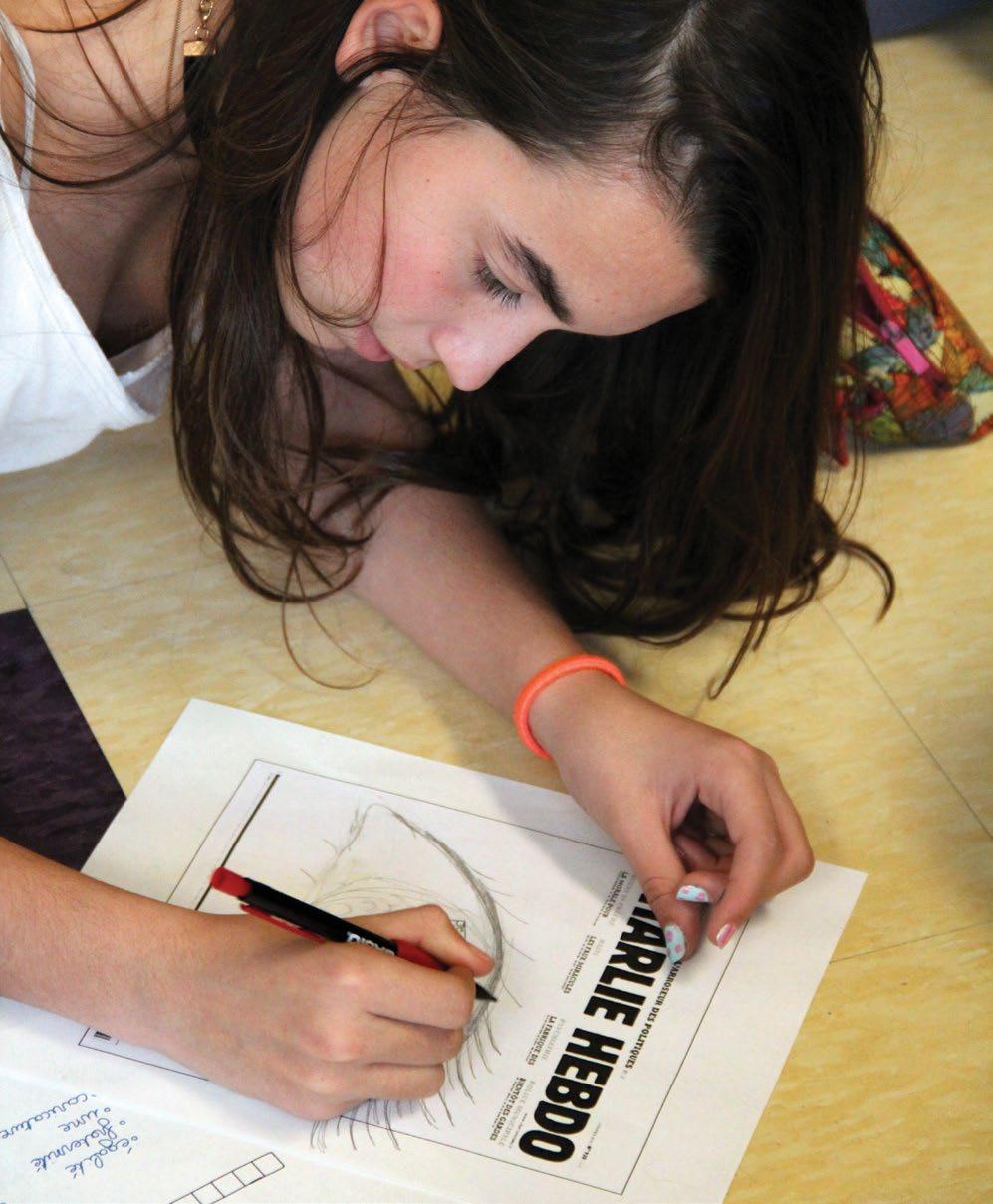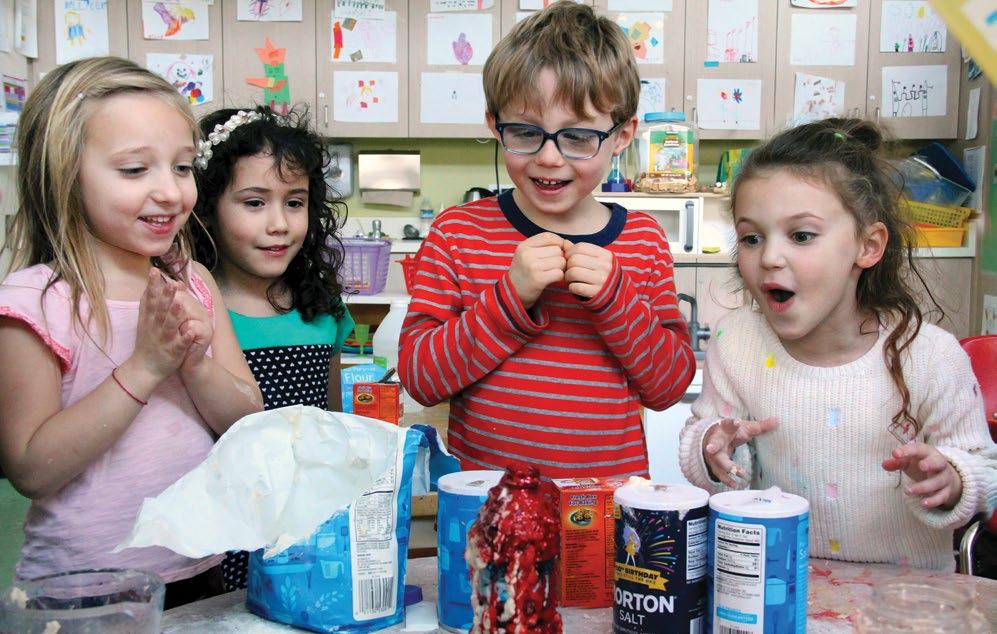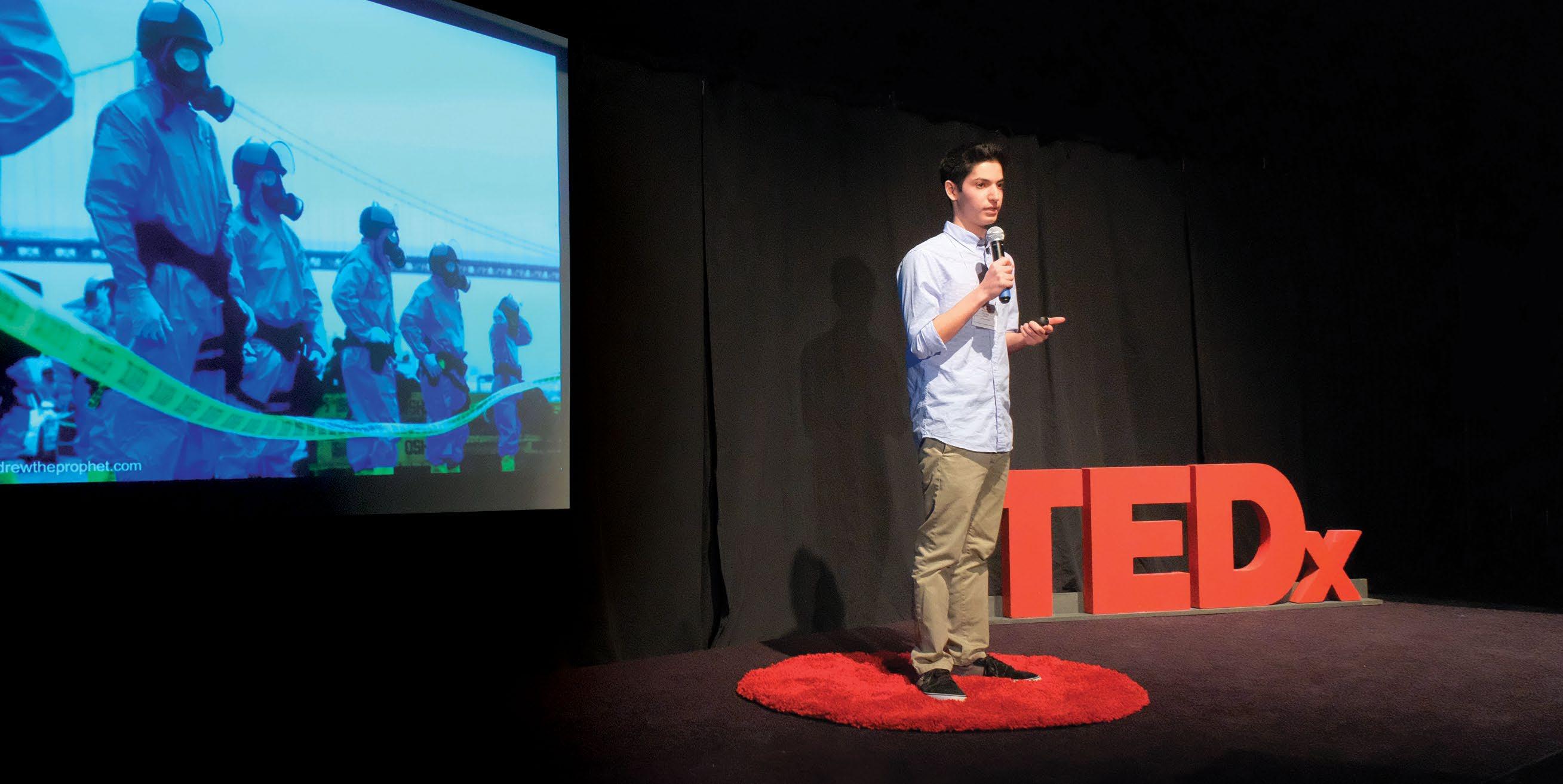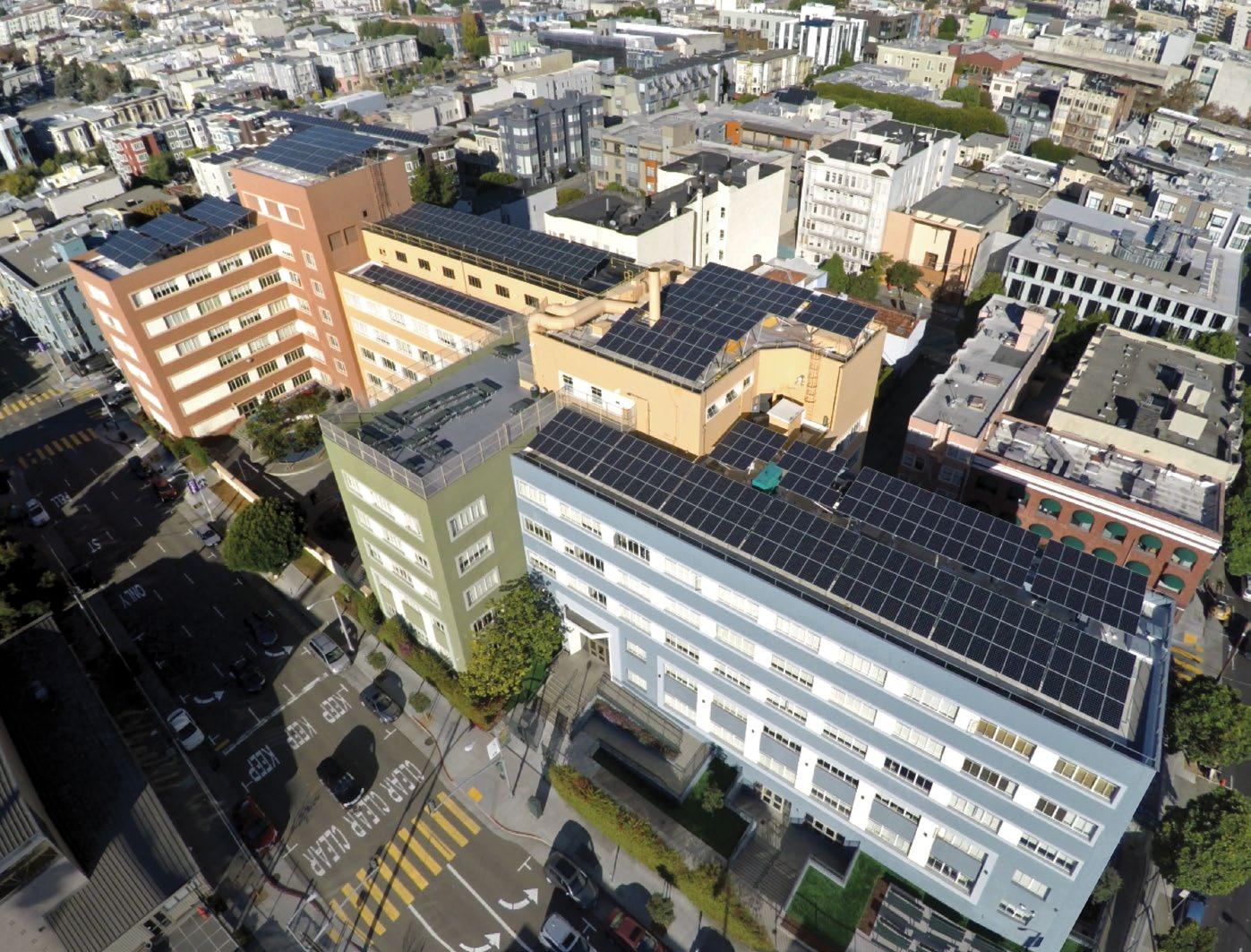
5 minute read
Consolidation
Les plaisirs et les jours
In January 2015 terror struck Paris when two radicalized Muslim brothers attacked the offices of Charlie Hebdo, the satirical French magazine. Later in the year the plight of Syrian refugees reached crisis point. Black Lives Matter became a trending hashtag on Twitter in response to an upsurge in the visibility of incidents like the death of Freddie Gray in police custody. In the civil rights case, Obergefell v. Hodges, the U.S. Supreme Court ruled that the fundamental right to marry is guaranteed to same-sex couples.
A global populist backlash, not unrelated to these and other historical bookmarks, loomed. There was little fanfare initially, but that was to change when reality TV celebrity Donald Trump announced his presidential candidacy in June 2015.
"Je suis Charlie"
Twelve people were killed when the Paris offices of Charlie Hebdo came under siege. The magazine had previously published cartoons of the Islamic prophet Muhammad.
The school responded swiftly. Teachers guided their students age-appropriately in cathartic discussions about the tragedy. In Grade 5, students viewed the Secretary of State’s expression of condolences to the French people. As students responded, teachers were careful to differentiate between violent extremists and Muslims in general. The conversation explored the freedoms of speech and expression, among les droits de l’homme, which the Grade 5 had recently studied. As one educator observed, “notwithstanding those rights, students observed, it is possible to hurt individuals with particular statements or caricatures.”
While attending to the developmental and emotional needs of students, teachers supported students' critical thinking about the events. This approach also characterized responses to future events such as the Jan. 6, 2021 attack on the Capitol and the Derek Chauvin verdict.
Learning by Design
Once again world events were validating the critical importance of the education provided by French American + International. Teaching and Learning–the authentic “business of our business”–contlnued to move forward. Modern Learning had metamorphosed to STEAM. This acronym, with its custom license plate feel, augmented its STEM predecessor. STEAM placed the creativity elements intrinsic to the Arts alongside Science, Technology, Engineering and Math. This primed the pump for “Maker Culture,” “Tinkering,” and “Design Thinking” to further enhance classroom practice and expand, yet again, the pedagogical lexicon.
Design Technology was integrated into the high school curriculum by Principal Joel Cohen. It was a successful social experiment. Design Technology would later join ITGS (Information Technology in a Global Society) and Computer Science on the IB subject menu.
The Upper School Design Lab at 150 Oak Street placed traditional workshop power drills and bench saws alongside tech tools—like 3D printers and laser cutters—at the fingertips of our upper school students.
Design Thinking is a process. It seeks solutions to real-life problems (often to budget) by combining creative and analytical approaches across disciplines. To quote a provocative slogan posted in the high school lobby at the time–it is “imagination with constraints!” The human element is important too. Designers must empathize with those for whom they design. Listening skills are as important as being able to pitch ideas and demonstrate experimental prototypes.
Lower School STEAM and Tinkering
The pedagogical flame of the school founders was burning ever brightly. The school's immersion program continued to move forward. In the Lower School, a talented team of curriculum leaders, led by visionary Principal Marie-Pierre Carlotti, introduced an innovative math curriculum, and a differentiated reading program in both English and French that ensured that each child would read at their individual stretch level. The program was based on the Reading and Writing Project at the Teachers College Columbia University. Many teachers went to New York during the summers and benefited from professional development at the Teachers College.
Lower school students were also Learning by Design. In the Tinker Space students were free to imagine and create new worlds. It provided an oasis of wellbeing and collaboration, where students could lose themselves in absorbing hands-on projects using recycled materials. Coding, electric circuits, and Arduino robotics were juxtaposed with humble, low-tech tools like sewing kits and hot glue guns. At the 2014 Design Faire, a lively Grade 4 student grabbed Melinda’s hand and said, “Come see. I made a house—and we made a world!”
The Lower School was also unusual in having a real science lab. The lab was fully equipped with glassware, microscopes, and electronic balances. Students felt special Maternelle Science Fair, February 2016 when they entered the lab. They imagined themselves as professional scientists. They were there to observe, collect data, and ask what if questions. In other words, to think like scientists.

The French American + International curriculum was aligned with Mission Laïque Française and the Next Generation Science Standards. Teams of our school's teachers attended the Teacher Institute on Science and Sustainability (TISS) at the San Francisco Academy of Sciences. Teachers were trained to resist simply imparting a body of scientific facts. Their role was to pique curiosity; and physically model arguing from evidence, discussing ideas, listening to others, and asking, rather than merely answering, questions.
Educator and Trustee Judith Glickman echoed these sentiments. She thought it “incumbent upon our faculty to help students develop the questioning possibilities and not look at what the answers are. Because the answers are so much less relevant for now and the future than the questions will be.”
Model UN and TEDxYouth
Arguing from evidence, discussing ideas, and listening to others were precisely the enduring habits of mind that defined the high school experience. Worthy of mention in this context are two club offerings that were soaring in popularity. Model United Nations requires students to research the perspectives of individual countries and for- mulate a coherent position on a prescribed geopolitical issue. Students attended MUN conferences in Denmark, Berkeley, Palo Alto, and New York City.

TEDxYouth was conceived by a cadre of high school students and remains entirely student run. Their entrepreneurial spirit is remarkable. Each year, they deliver a licensed, branded TEDx event with a roster of highly polished, topical student talks. Crafting and delivering this logistically complex, charismatic event is another shining example of collaborative design thinking.
Hannah van Alstyn, one of the TEDx student founders, remarked that “our society too frequently doesn’t carve a space for young people to share our thoughts with the wider world, or even take the minds of young people seriously.” She was heartened that “the administration imposed no separate agenda, and did not insist on interfering with any of the plans we made.”
Sustainability initiatives
The 21st United Nations Convention on Climate Change (COP21) in the fall of 2015 in Paris led to a historic international climate agreement, and was also the catalyst for a sustainability initiative at French American + International.
In 2015, the newly developed bilingual science curriculum in the Lower School launched new units of study specifically designed to explore sustainability. Beyond the classroom there were family and community collaborations centered on gardening for Earth Day, and the Grade 5 Green Team TerraCycle Project. In May, a group of faculty members and students were invited to a special lunch at San Francisco City Hall to receive an Environmental Excellence Award for their sustainability efforts.
NCIS undertook a solar panel project in the summer of 2015. An array of 630 modules now grace six rooftops at 150 Oak Street. The system offsets roughly 32% of utility usage. Over 25 years, the system will save about $2,000,000 and reduce CO2 emissions by some 5,970 tons. That's the environmental equivalent of planting 102.3 acres of trees—or not driving 19,426,676 miles.











